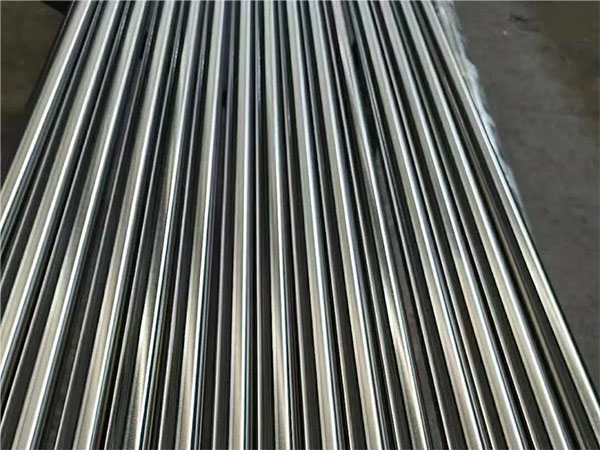What is sanitary-grade stainless steel pipe?
Sanitary
stainless steel pipes refer to circular stainless steel pipes with mechanically polished inner and outer surfaces, which are specifically used in fluid conveying systems that require high cleanliness and corrosion resistance. Among them, typical application scenarios include solution transportation in pharmaceutical factories, pipelines in food and beverage production lines, beer and dairy product processing equipment, as well as ultrapure water systems, etc. In addition, sanitary stainless steel pipes are also often used as the pipe shells of water treatment equipment and fermentation tanks to prevent secondary pollution and extend the service life of the equipment.

Common materials and grades
304 stainless steel (TP 304) : The most commonly used sanitary-grade material, containing 18% chromium and 8% nickel, has good corrosion resistance and cost-effectiveness, and is suitable for general food, dairy and beer industries.
316L stainless steel (TP 316L) : Based on 304, 2% molybdenum is added, which enhances the corrosion resistance in acidic and chloride environments. The "L" stands for low carbon, reducing the risk of intergranular corrosion. It is suitable for pharmaceutical and Marine environments.
Other grades: Depending on the usage environment and pressure resistance requirements, special alloys such as 317L and 904L, or duplex stainless steel can also be selected to enhance mechanical properties and resistance to chloride stress corrosion cracking.
Standards and Specifications
ASTM A270: It specifies the chemical composition, dimensional tolerance and surface finish requirements for austenitic stainless steel seamless and welded sanitary pipes, and is one of the most commonly used standards in the industry.
3A Sanitary Standards: Mainly targeting the dairy industry, emphasizing detachable and easy-to-clean designs to avoid dead corners and bacterial growth.
ASME BPE: Focusing on high-purity and biological processing systems, it has strict requirements for surface roughness, material tracking and welding procedures, and is often used in the fields of pharmaceuticals and biotechnology.
Manufacturing process
Seamless pipe: Made by seamless technology through extrusion or piercing processes, the inner and outer surfaces of the steel pipe have no welds, and the consistency between the inner and outer surfaces is good. It is often used in high-pressure and high-cleanliness environments.
Resistance welded pipe (ERW) : After metal steel strips are rolled into tube blanks, resistance welding is carried out. The steel pipes produced by this method have a relatively low cost and are suitable for large-scale production. However, subsequent cold working is required to eliminate the influence of the weld seam.
Cold-drawn tubes (DOM) : By first manufacturing ERW steel pipes and then subjating the ERW steel pipes to cold drawing processing, the microstructure of the welds and pipe walls is further refined, thereby enhancing dimensional accuracy and surface quality.
Post-treatment: After the forming is completed, full weld cold working and brightening annealing in a protective atmosphere are carried out to achieve a mirror-like effect with no visible welds and the best grain structure.
Surface finish and cleanliness
Mechanical polishing (SF1) : Generally, the inner surface Ra is ≤0.51 μm (20 μ-in).
Electrolytic polishing (SF4) : The inner surface Ra can be reduced to 0.38 μm (15 μ-in), further reducing microscopic pits and cracks, which is conducive to cleaning and disinfection.
Pipe end protection: When leaving the factory, plastic caps are usually placed on both ends and they are sealed with polyethylene bags to prevent contamination and scratches during transportation and storage.
Testing and quality control
Chemical composition analysis: Use spectrometers or chemical analysis methods to ensure that the contents of elements such as Cr, Ni, and Mo meet the standards.
Dimensional and roughness inspection: Online or offline inspection of the inner and outer diameters and Ra values is carried out using a laser diameter gauge and a surface roughness meter.
Weld seam inspection: Ultrasonic flaw detection or X-ray inspection is used to confirm that there are no defects inside the weld seam. At the same time, visual inspection of the surface is carried out to ensure there are no cracks or pores.
Sterility testing: For biopharmaceutical pipelines, bacterial retention tests and chloride ion residue tests can be conducted to ensure compliance with hygiene standards.
